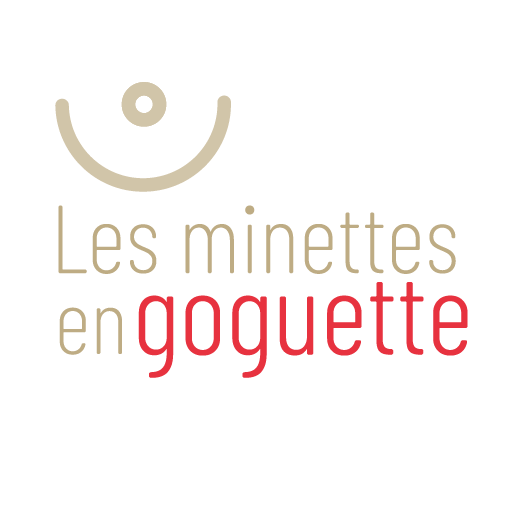Down jackets: what is the ecological impact of feathers?

Down Jackets and the Ecological Impact of Feathers: At the Crossroads
Down jackets are popular garments, appreciated for their warmth and lightness. However, their manufacture raises growing concerns regarding the ecological impact of feathers used as insulation. In this article, we'll explore the environmental impact of feathers in down jackets, looking at both the positives and negatives of the practice.

Feather insulation, advantages and disadvantages.
Advantages
- High Thermal Insulation : Goose or duck feathers provide exceptional thermal insulation, allowing down jackets to maintain body heat, even in very cold weather.
- Lightness and Compactness : The feathers are light and can be compressed, which makes the down jackets easy to carry and store.
- Durability : Feathers have a relatively long lifespan, which means high quality down jackets can be worn for many seasons.
The disadvantages
- Animal Origin : The feathers used in down jackets often come from the intensive farming industry, raising ethical questions regarding animal welfare.
- Chemical Treatments : The treatment of feathers to make them water and weather resistant often involves the use of environmentally harmful chemicals.
- Waste Management : The process of cleaning and sorting feathers can generate potentially problematic waste.

The Ecological Impact of Feathers in Down Jackets
- Animal Husbandry and Welfare : Feather production may involve intensive husbandry methods, affecting bird welfare. The often confined and stressful living conditions raise ethical concerns.
- Water and Resource Consumption : Intensive farming requires a significant amount of water and food resources, thus contributing to the pressure on the environment.
- Greenhouse Gas Emissions : Feather farming and processing can contribute to greenhouse gas emissions, exacerbating climate change.
Ecological Alternatives
- Synthetic Insulation : Synthetic insulation, such as recycled polyester, is an alternative to feathers. They offer similar performance in terms of thermal insulation while avoiding the ethical problems associated with feathers.
- Natural Insulation : Some brands look for natural insulators, such as sheep's wool or wood fiber, to replace feathers.
Down jackets are a symbol of warmth and comfort, but their environmental impact should not be ignored. The use of feathers raises ethical , environmental and animal welfare concerns . Fortunately, eco-friendly alternatives are emerging that offer more sustainable solutions without sacrificing garment performance. As consumers , it is important to learn about the materials used in our clothes and to make informed decisions in favor of a fashion that is more respectful of the planet and its inhabitants.





Leave a comment